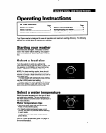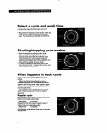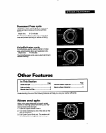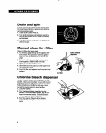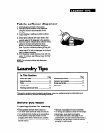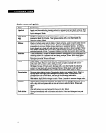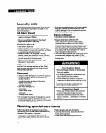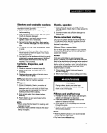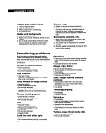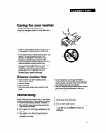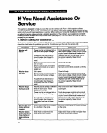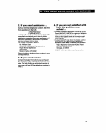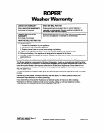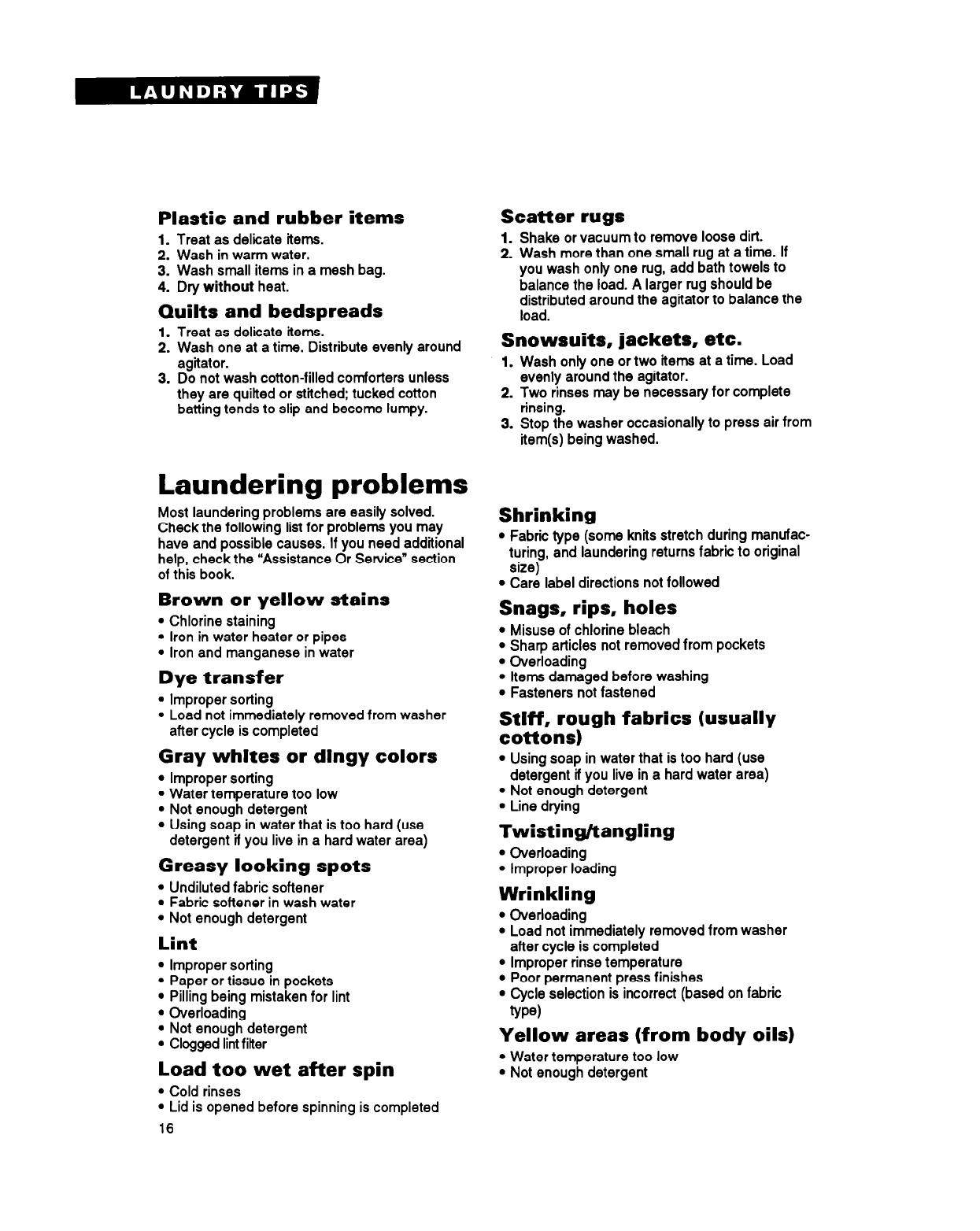
Plastic and rubber items
1. Treat as delicate items.
2. Wash in warm water.
3. Wash small items in a mesh bag.
4. Dry without heat.
Quilts and bedspreads
1. Treat as delicate items.
2. Wash one at a time. Distribute evenly around
agitator.
3. Do not wash cotton-filled comforters unless
they are quilted or stitched; tucked cotton
batting tends to slip and become lumpy.
Laundering problems
Most laundering problems are easily solved.
Check the following list for problems you may
have and possible causes. If you need additional
help, check the “Assistance Or Service” section
of this book.
Brown or yellow stains
l
Chlorine staining
l
Iron in water heater or pipes
l
Iron and manganese in water
Dye transfer
l
Improper sorting
l
Load not immediately removed from washer
after cycle is completed
Gray whites or dingy colors
l
Improper sorting
l
Water temperature too low
l
Not enough detergent
l
Using soap in water that is too hard (use
detergent if you live in a hard water area)
Greasy looking spots
l
Undiluted fabric softener
l
Fabric softener in wash water
l
Not enough detergent
Lint
l
Improper sorting
l
Paper or tissue in pockets
l
Pilling being mistaken for lint
l
Overloading
l
Not enough detergent
l
Clogged lint fifter
Load too wet after spin
l
Cold rinses
l
Lid is opened before spinning is completed
16
Scatter rugs
1. Shake or vacuum to remove loose dirt.
2. Wash more than one small rug at a time. If
you wash only one rug, add bath towels to
balance the load. A larger rug should be
distributed around the agitator to balance the
load.
Snowsuits, jackets, etc.
1. Wash only one or two items at a time. Load
evenly around the agitator.
2. Two rinses may be necessary for complete
rinsing.
3. Stop the washer occasionally to press air from
item(s) being washed.
Shrinking
l
Fabric type (some knits stretch during manufac-
turing, and laundering returns fabric to original
size)
l
Care label directions not followed
Snags, rips, holes
l
Misuse of chlorine bleach
l
Sharp articles not removed from pockets
l
Overloading
l
Items damaged before washing
l
Fasteners not fastened
Mt6;z;gh fabrics (usually
l
Using soap in water that is too hard (use
detergent if you live in a hard water area)
l
Not enough detergent
l
Line drying
Twisting/tangling
l
Overloading
l
Improper loading
Wrinkling
l
Overloading
l
Load not immediately removed from washer
after cycle is completed
l
Improper rinse temperature
l
Poor permanent press finishes
l
Cycle selection is incorrect (based on fabric
type)
Yellow areas (from body oils)
l
Water temperature too low
l
Not enough detergent



